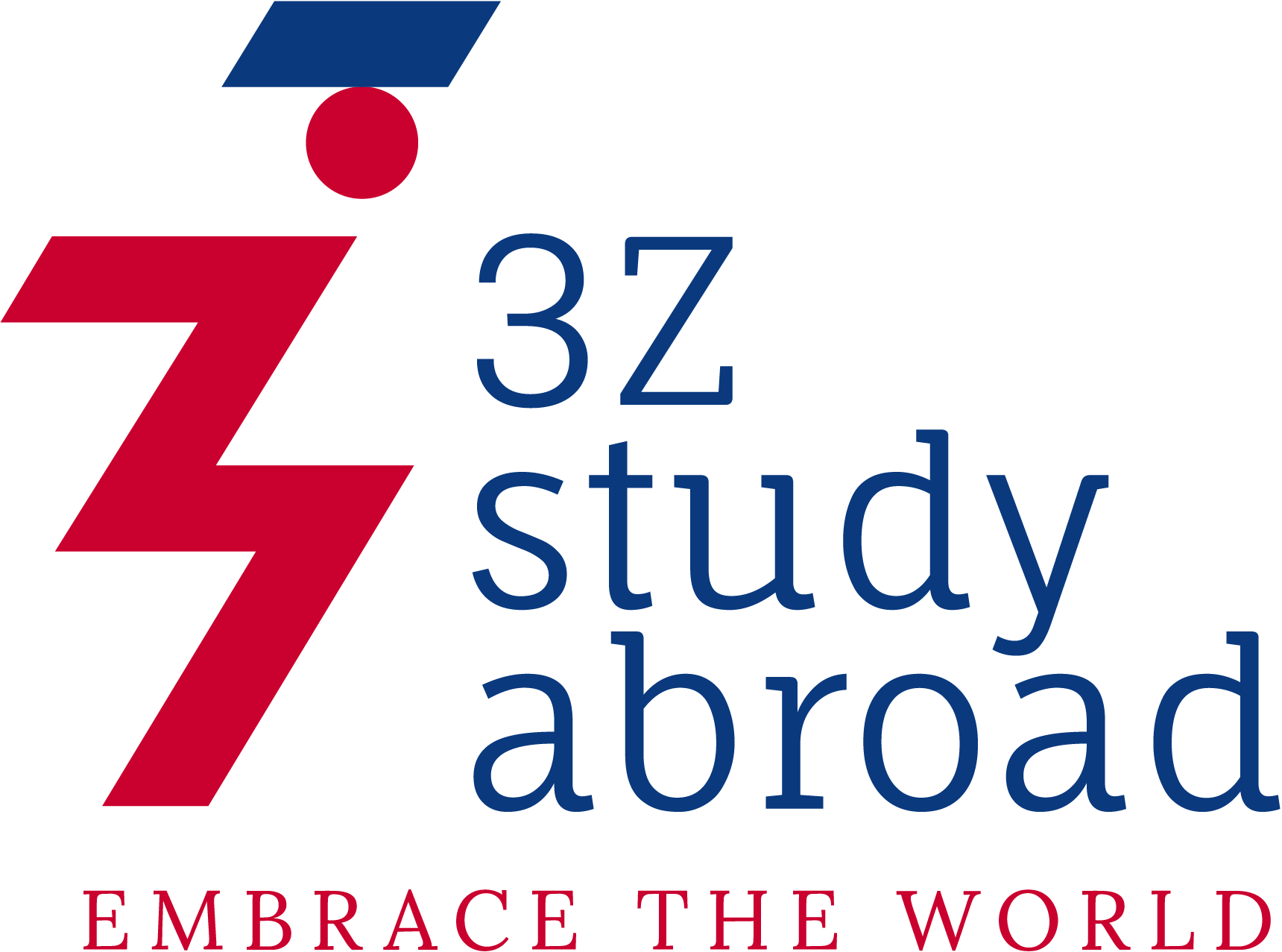
Introduction
In January 2024, the Canadian government introduced a temporary two-year cap on study permits, aiming to regulate the influx of international students. This measure has sparked various questions and concerns, particularly regarding its implications for different student groups and educational institutions.
How does the study permit cap work?
The study permit cap limits the number of new Canadian study permits, set at approximately 606,250 applications for 2024, resulting in an expected 360,000 approvals. Allocation is based on provincial or territorial populations, ensuring a fair distribution across the country.
Who is exempt from the study permit cap?
Certain student categories are exempt from the cap, including those in K-12, master’s, and doctoral degree programs, along with current permit holders and those applying for renewals. Consequently, undergraduate students at the university and college level will be most affected by the cap.
Impact on K-12 international students:
K-12 international students are not subject to the study permit cap and are not required to provide a provincial attestation letter with their applications. This exemption ensures that K-12 education remains accessible to international students without hindrance.
Post-graduate certificate students:
Short postgraduate programs, such as diplomas and certificates, are not exempt from the study permit cap. Only students pursuing master’s, doctoral degrees, or K-12 education are spared from its restrictions.
Impact on private colleges and universities:
Both private and public educational institutions are subject to the same regulations under the study permit cap. This ensures fairness and uniformity across the board, regardless of the institution’s ownership structure.
Public-private partnerships (PPPs):
PPPs involve collaborations between public colleges and affiliated private institutions. Despite physical attendance at private colleges, students receive diplomas from public institutions through licensing agreements. The study permit cap affects these partnerships by influencing enrollment dynamics and institutional arrangements.
Conclusion:
Canada’s study permit cap introduces significant changes to the international student landscape, impacting various educational stakeholders. While exemptions exist for certain student categories, the cap’s implementation necessitates strategic planning and adaptation for both students and institutions alike. As the educational landscape evolves, stakeholders must remain vigilant to navigate the shifting terrain effectively.


